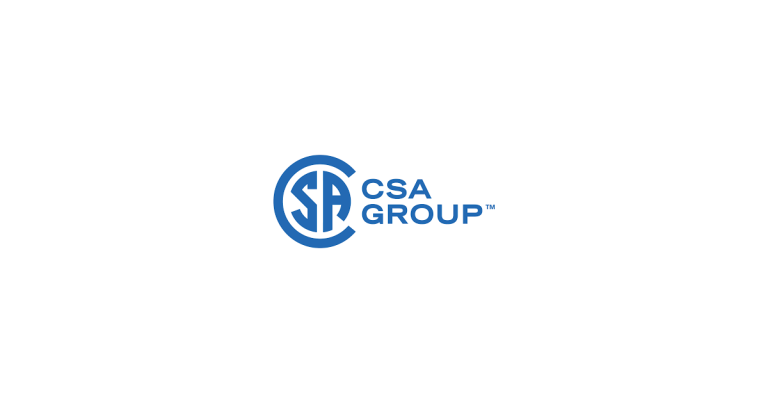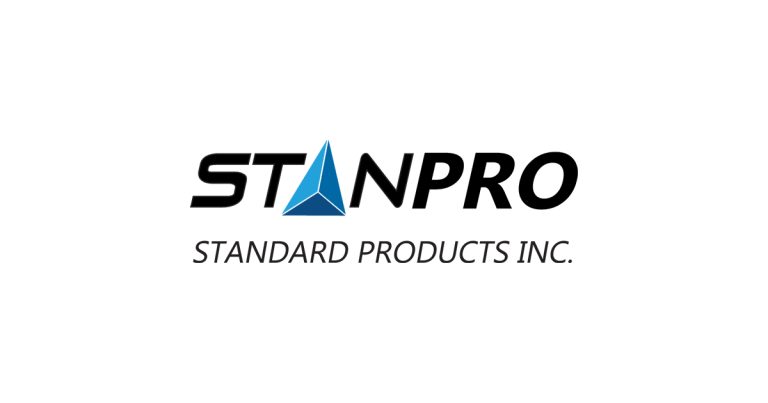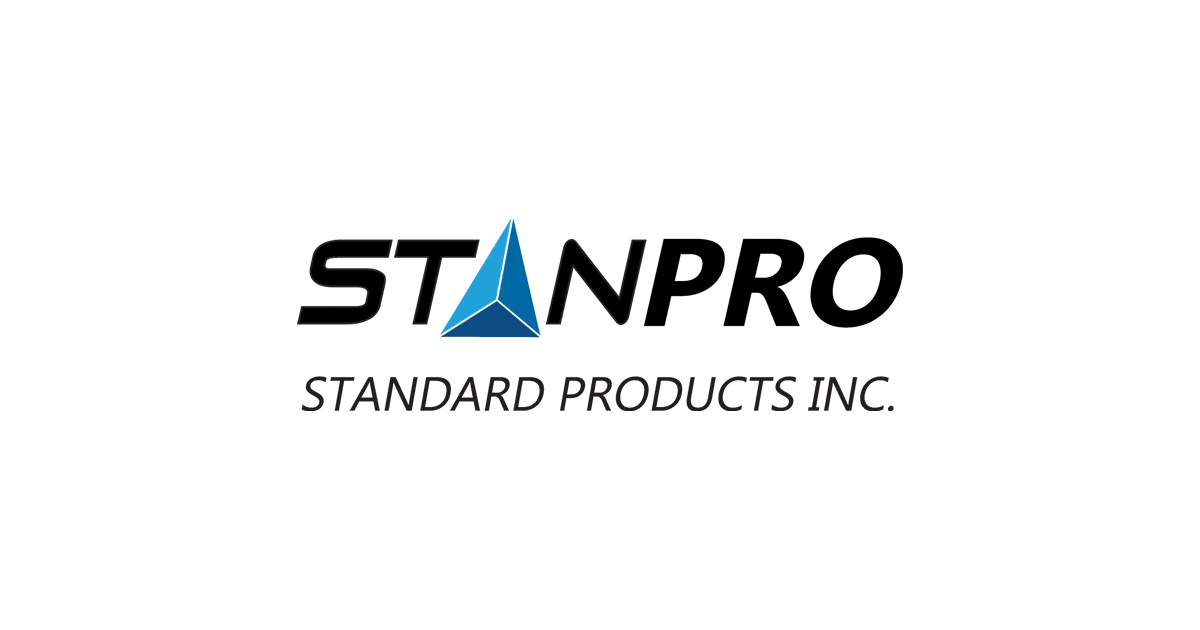Siemens and Mortenson Complete Bipole III HVDC Converter Stations in Canada

Sept 4, 2018
The consortium of Siemens and Mortenson has successfully completed the ±500-kilovolt (kV) Bipole III high-voltage direct-current (HVDC) power converter stations for Manitoba Hydro. The HVDC converter stations are an integral part of the Manitoba Hydro Bipole III transmission project. (Shown in photo: Keewatinohk Converter Station in northern Manitoba near Hudson Bay.)
The entire transmission line will act as an “electricity highway,” bolstering the reliability of Manitoba’s electricity supply by reducing dependence on existing HVDC transmission lines and converter stations, while also ensuring low-loss transport of renewable hydropower from northern generating stations to meet growing energy requirements.
HVDC converter stations are specialized substations that support the conversion of electric power from high voltage alternating current (AC) to high-voltage direct current (HVDC), or vice versa, a critical component to interconnecting separate power systems.
The Bipole III converter stations include the Keewatinohk Converter Station in northern Manitoba near Hudson Bay, and the Riel Converter Station near Winnipeg. The converter stations have a transmission capacity of 2,000 megawatts (MW), enough to meet over 40% of the province’s peak electricity demand. HVDC transmission is the ideal technology to implement when electricity must be transported over vast distances from remote areas where it is produced to urban and industrial centers where it is needed, as HVDC transmission suffers much lower electricity losses than standard AC transmission.
“We tailored the system to the specific requirements of Manitoba Hydro – including designing the solution and equipment for Canadian winter temperatures as low as -50 degrees Celsius,” says Hauke Juergensen, Head of Large Transmission Solutions at Siemens Energy Management.
The Siemens and Mortenson consortium was responsible for the turnkey supply of the HVDC converter equipment and associated facilities, with Siemens delivering the system design and the manufacturing, supply and commissioning of the core HVDC technology while Mortenson provided design support and construction services for the supporting infrastructure, including converter station building, AC filters, and DC switchyards. The remote location of the Keewatinohk Converter Station, and the extreme winter weather conditions present at both sites provided interesting logistics and construction challenges for the team.
Photo Courtesy of Manitoba Hydro

















